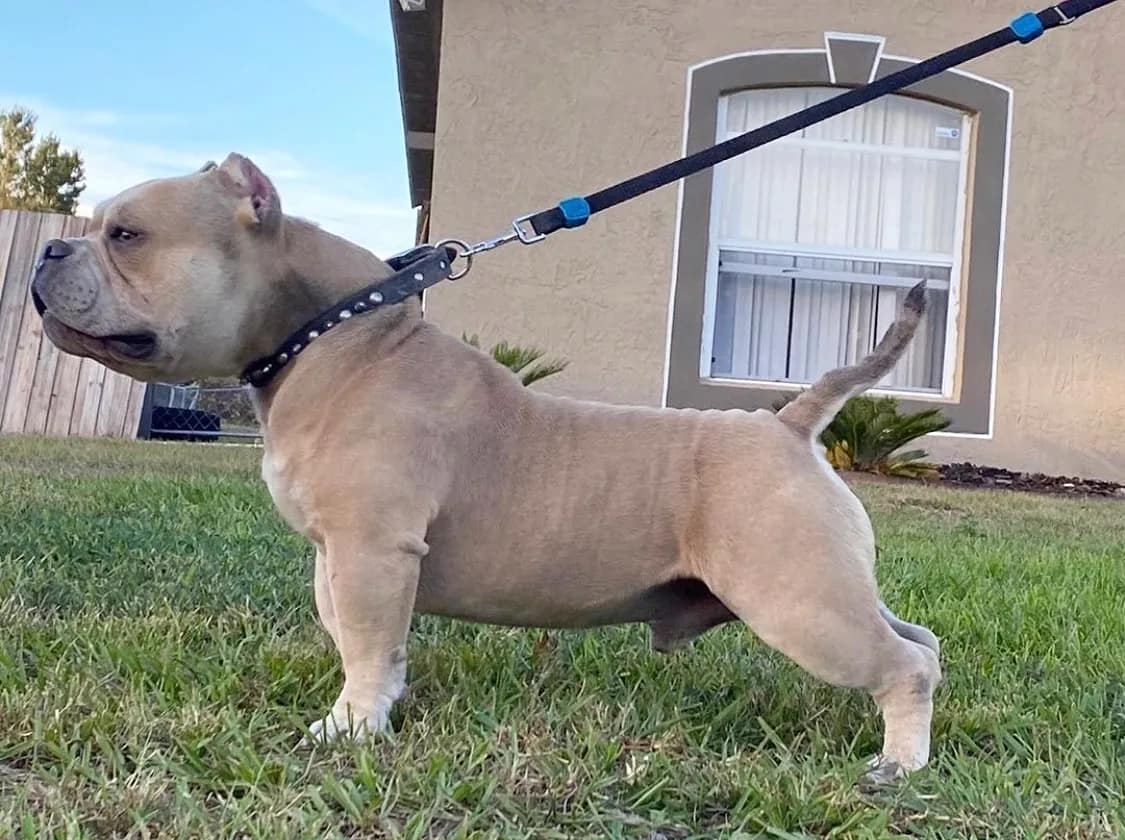
Dog Show Training: Tips to Turn Your Pet into a Show Winner
Training your dog for a show can be an interesting journey for you and the pet. As the owner, you will need to be patient, consistent, and dedicated throughout the dog show training. Ultimately, your pet will be well-trained and confident enough to give its best in the competition.
Keep reading as we cover the steps to prepare your dog for a successful dog show experience.
Step 1: Choosing the Right Breed for the Show and Understanding the Requirements
First things first. You need to choose a breed that matches your lifestyle and the show’s requirements. Once you have selected the breed, begin researching the breed standard. The standard serves as your guide for key characteristics like the appearance and the temperament of the dog, which are essential in the show ring.
Simultaneously, get acquainted with the exact requirements of the show so that you can do your homework to make sure that the pet meets the necessary criteria and is all set to perform well in all dog show activities.
Step 2: Socialization Training to Build a Strong Foundation
Socialization is one of the important parts of dog show training as it allows your dog to interact with different environments, settings, human beings, other animals, and dogs from an early age. This helps build its confidence and remove stress related to unexpected situations or crowded backdrops, akin to the setting usually seen in a dog show.
Step 3: Basic Obedience Training
If you want your dog to succeed in a dog show, it’s important to start basic obedience training as early as possible. Basic commands to focus on include come, sit, stay, and heel. We recommend using positive reinforcements like rewards in the form of treats, praise, and toys to encourage good behavior. Keep the training sessions regular and consistent. This approach has a two-fold benefit: you’ll have a well-behaved dog, and the time spent together will strengthen the bond between you and your pet.
Step 4: Training on Show Ring Skills: Stacking and Gaiting
Two essential skills for the show ring are stacking and gaiting. Stacking involves showcasing your dog’s best attributes by positioning it in a certain way. Depending on the breed, there are different stacking styles—diagonal and four-square stacks are among the most popular styles. Ensure that your dog practices stacking consistently and regularly. This will teach your dog to hold a position comfortably for extended periods.
Gaiting refers to how your dog moves and walks in the show ring. With training, your dog will learn the proper pace at which to walk and master the art of moving in a straight line. Use a show lead to teach gaiting skills. A show lead is thinner and more delicate than a typical leash, simulating the show environment. Start with shorter durations and gradually increase both the duration and distance covered during practice sessions.
Step 5: Grooming and Presentation
Ensure that the dog is properly groomed. It is very important to showcase your pet’s physical attributes. Get hands-on knowledge about the grooming standards for your breed. Buy the best grooming tools for your pet. When you follow the best grooming standards and do it consistently, you will not only help improve its appearance but also make it more confident and comfortable with the process.
Step 6. Handling Classes and Practice Matches
Enrolling your dog in handling classes is a great idea for effective dog show training. Professional trainers will guide your dog on how to perform in the show ring. You can also organize practice matches, which are informal dog shows that give your pet a real-time opportunity to experience what happens during an actual competition. These matches not only benefit the dog but also provide valuable feedback on your pet’s performance; this allows you to adjust your training sessions accordingly.
Step 7: Final Preparations and Show Day
Make sure your dog gets enough rest while ensuring it is in top physical condition. On the day of the show, reach the place early. This will give your pet enough time to get familiar with the setting. Keep all essential supplies like water, treats, and grooming tools ready.
This is a journey that is full of ups and downs. You need to stay focused and ensure that you invest adequate time and effort. These steps, in general, will help you get the best results. Use the available resources, and who knows, your pet may ace all dog show activities and become the next star of the show ring.
This is also the time to strengthen the bond with your pet, knowing that both of you have worked equally hard to reach this point.
Show Dog training involves multiple steps. Focus on the breed, socialization skills, basic obedience training, and learning the specific dog show activities and skills that will make your dog a showstopper. Stay patient and consistent. Also, remain positive as you train the canine. Your companion will need time and consistent practice to become a hero in the dog show ring. Good luck!
